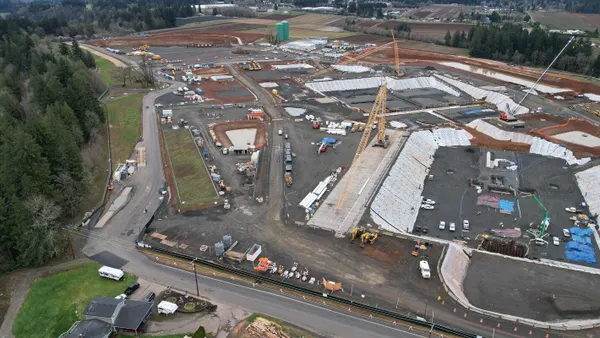Dive Brief:
- BATC-Housing First Minnesota and other state construction industry groups are pressing state lawmakers to ease labor laws that keep 16- and 17-year-olds from working on construction sites, Finance & Commerce reported. Minnesota does allow teenagers to work in other places of employment like health care facilities, farms and some factories.
- Some Minnesota legislators have joined the construction community in calling for labor laws that are more aligned with federal law, which allows minors — age 16 and older — to work on construction sites as long as they do not engage in hazardous activities like roofing or demolition or use dangerous tools such as power saws and lifts.
- Proponents say there are plenty of menial, nonhazardous tasks that minors can perform, freeing up skilled workers to focus on their jobs, and that exposure to jobsites at an early age could spur teens to choose careers in construction. The Minnesota Department of Labor and Industry told Finance & Commerce that the agency's commissioner could possibly expand the work that minors can perform without new legislation.
Dive Insight:
Permitting 16- and 17-year-olds to work on construction sites is a logical step, particularly if career tech advocates succeed in getting more schools to provide educational opportunities in the trades. Instead of working on mockups in an offsite facility, students would get a real taste of what it's like to work in the industry.
And the appetite for this sort of training is there. Since Louisiana implemented its revamped Jump Start program in 2014, which allows students to gain credits and credentials in dozens of industries, the percentage of high schoolers earning career diplomas has increased to 23% in 2018 from just 2% in 2013, The Advocate reported. Program officials want to see the percentage rise to 40%.
One of the top Jump Start certificates in terms of job opportunities gives students the skills to start work as a welder after graduation. Even so, only 25% of the career diplomas earned through the program lead to high-wage jobs, which program officials are also looking to remedy.
While learned skills are a key part of the program, so is trying to battle the mindset that the trades are second-best to a traditional college degree. But the struggle isn’t just in trying to persuade students to change their perceptions. In a limited survey of Louisiana teachers and others associated with the school system, 65% said career and technical education programs carry a “negative connotation.”












